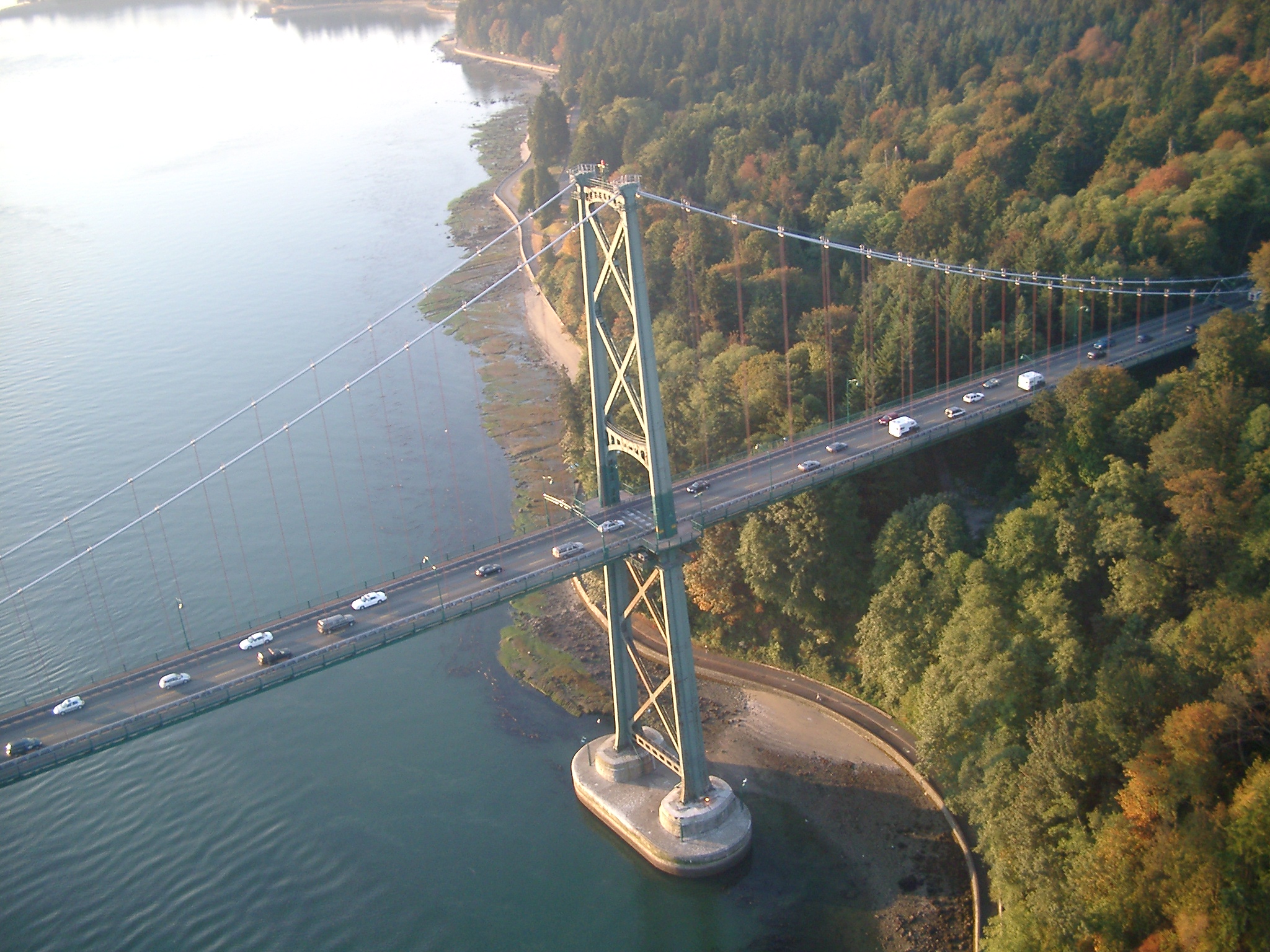By Catherine Stewart (The Cascade) – Email
Print Edition: July 16, 2014

The Golden Gate Bridge holds a record of over 1,600 suicides, making it the second most-used suicide site in the world. On average, there’s a jumper once every two weeks. According to the Los Angeles Times, approximately one person jumped every three days in August 2013.
In order to prevent these numbers from increasing, numerous methods have been introduced over the years. There are nightly patrols and bridge closures, and suicide hotline telephones lining the bridge.
Despite the measures taken, the suicides continue to happen. Finally, in June of this year, the City of San Francisco approved the plan to install a suicide barrier beneath the bridge. The barrier is a steel net that stretches 20 feet wide, and will be there to catch jumpers.
Now, the big question for us Canadians is: will we get anti-suicide nets, too? Do we even need them?
We already have an anti-suicide fence on the Golden Ears Crossing. However, many are wondering if the Lions Gate Bridge will be getting the same treatment. It’s a good question. Jane Seyd from North Shore News has an article about this particular debate, bringing to light the families who lost a loved one to suicide via the Lions Gate Bridge.
“More people jump to their deaths from the Lions Gate Bridge each year than any other bridge in the province,” Seyd reports. “For the families of those who have died, the bridge remains a painful reminder of their loss.”
It was more than five years ago when the topic of anti-suicide barriers was brought up by the BC Coroners Service, and yet it’s just this year that we’re finally doing something about it. Apparently the Lions Gate Bridge can’t hold the weight of barriers, which I find pretty concerning. The bridge can’t hold the weight of the barriers, and yet we still trust it to be sturdy enough to drive over? Because of this issue, we have to settle for crisis phones lining the bridge instead of safety nets.
In the time it took for us to reach this decision, more than 20 people jumped off the Lions Gate Bridge.
There’s a 2006 documentary film called The Bridge which shows footage of the Golden Gate Bridge obtained over the course of a year. The point of the movie was to bring light to all the suicides that occur without us even realizing it. One of the women interviewed told her story of how she had personally witnessed someone jump off the bridge. She couldn’t believe what she had seen at first, and telling the highway patrolman what had happened, she asked if this was an unusual occurrence. The patrolman smiled sadly and said it happened all the time.
According to the film, many jumpers who survived their falls have confessed to regretting their decision right after letting go of the ledge. Their obstacles didn’t seem all that daunting when they were falling to their deaths.
Perhaps having safety nets underneath bridges is a good idea for more than just the obvious reason. The nets also provide a way to get the urge to jump out of a person’s system. It gives them a rush and thrill of danger, and the apparent promise of death without the actual commitment. It’s nice to think when people hit the net, in those short moments of falling through the air, perhaps they will open their eyes with a certain clarity they couldn’t see through their depression.
It’s a shame that the Lions Gate Bridge has been declared unfit to have safety nets installed. I think it’s a good idea, despite how expensive it might turn out to be. It would definitely save more lives than the preventative measures we all encourage, seeing as how those only work if we are willing to talk to the strangers lingering against the safety rails.
In the meantime, more people are becoming aware of these tragedies, and the installation of crisis phones is the first step in the right direction.

